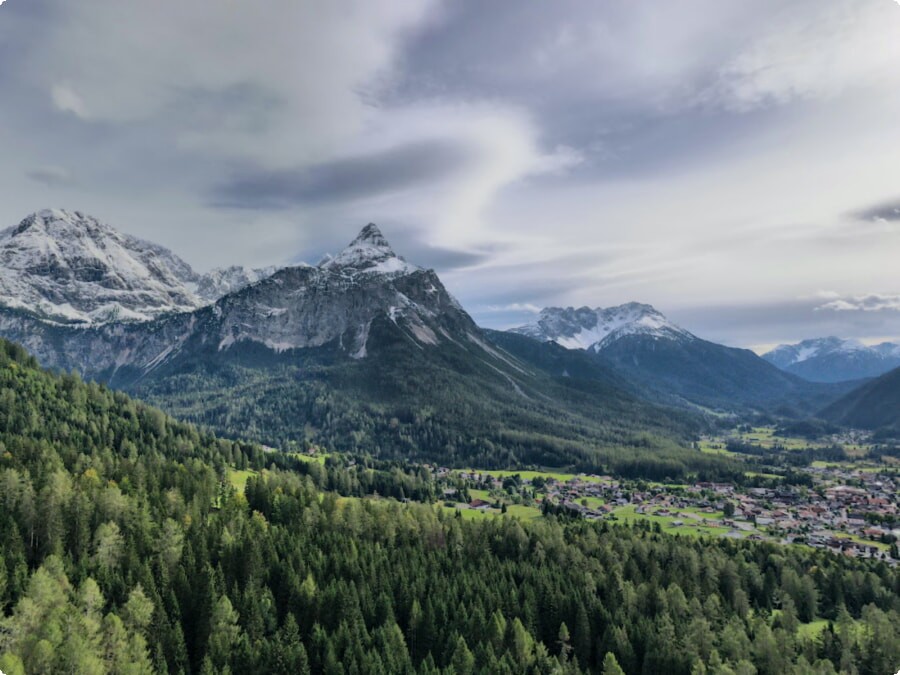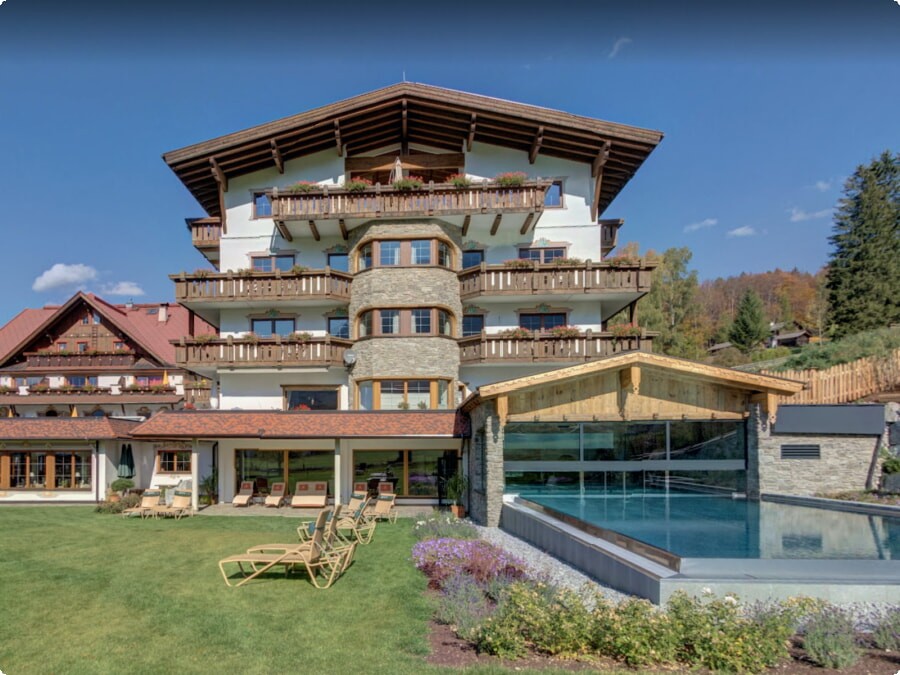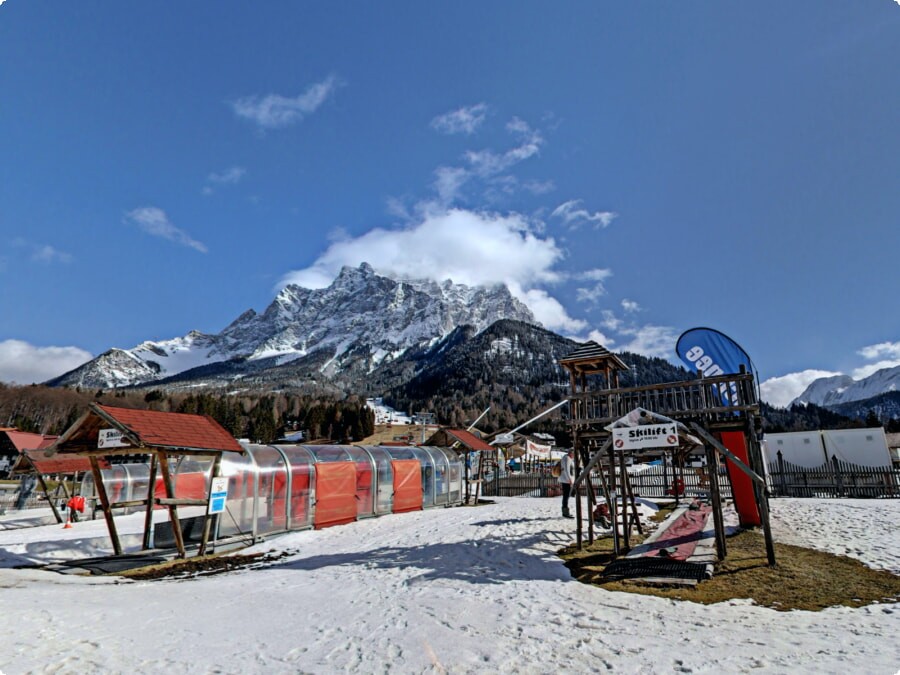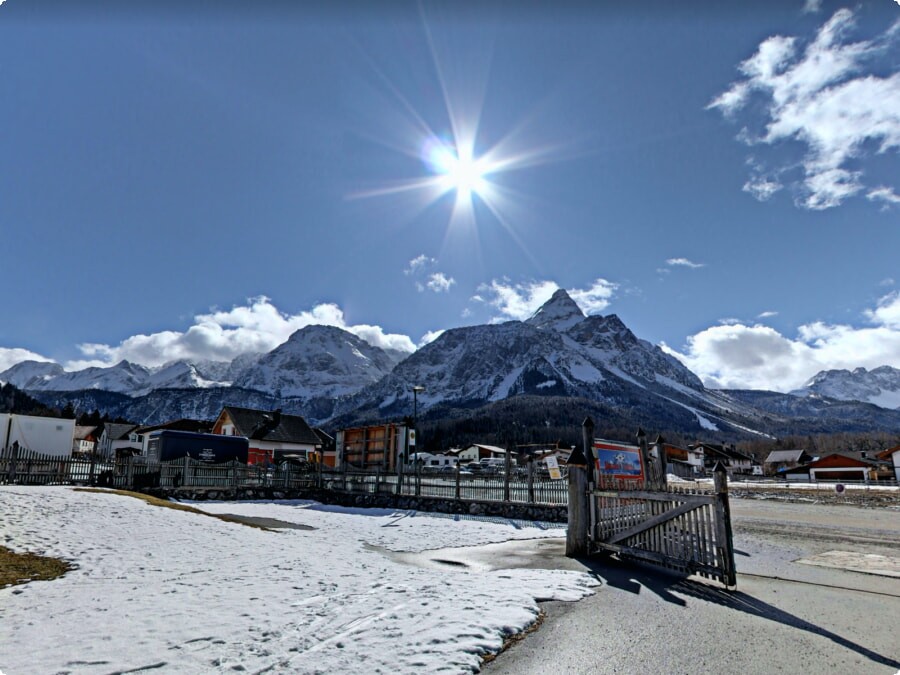Unusual Austria - The Other Side
There are many ways to be unique, and one of the best is to stay in a hotel with character. There are a number of such hotels in Vienna, including those that are social or built in vinegar factories.
Austria isn’t much of a country, despite being almost neatly wedged in between Paris and Moscow (if you’re into city trips). But it does have a sense of its own diminutiveness.
1. The Krampus
In the days before Christmas, while many children were still dreaming about getting presents from Santa Claus, their alpine counterpart was running around scaring them to death. This savage figure is the Krampus, the original bad Santa, an ugly monster who visits misbehaving kids in Alpine Austria and other parts of Europe—including Southern Germany, Hungary, the Czech Republic, Slovakia, Switzerland, Croatia, Slovenia, and Northern Italy—on December 5 or 6, chasing them with birch sticks, smacking them, and maybe even stuffing them in his sack.
Although he’s been known by various names (including Klaubauf, Toife, and Toifl), it is generally agreed that Krampus is half goat and half demon with the face of a goat, hairy skin, large teeth, cloven hooves, and horns. In a traditional depiction, he’s three times the size of an adult and dressed in furry black clothing. His mangled face screams with bloodshot eyes, and his clawed hands clutch a bundle of birch branches.
The origins of Krampus are murky. It may have evolved out of a pagan tradition and then become part of the Christian celebrations of St. Nicholas Day, but there is a clear similarity to the character Perchta, a dual-faced goddess of nature and evil who accompanied Krampus in Alpine paganism.
By the 17th and 18th centuries, carnival parades became popular in Bavaria and mountainous areas of Austria, and it is possible that a creepy character like Krampus was incorporated into them. The lore was so feared that authorities tried to ban the traditions, but they were not successful.
Since then, the Krampus has grown in popularity to the point where it’s now a sort of ironic holiday icon. Countless cards are printed and sold, a 2015 movie has been released, and the creature has even made it to the Tonight Show Starring Jimmy Fallon. Whether this popularity will continue remains to be seen, but the Krampus is certainly here to stay. In fact, Etsy has a whole section dedicated to the beast. It’s a safe bet that it will be an ever-growing presence during these dark winter months.
It is impossible to get acquainted with the sights of Austria in one day, as well as in a week, but you can see the maximum number of new places with the help of a rented car at one of the country's airports. For example, in Innsbruck Airport you can rent a car from 17 euros per day, in Klagenfurt Airport - from 18 euros per day.

2. The Summer Solstice Mountain Fires
The mighty mountain fires at the Summer Solstice in the Ehrwald region are spectacularly impressive. The tradition dates back to the Middle Ages and is still a great highlight for visitors in Tirol. Numerous local clubs and associations climb into the mountains and set ablaze spectacularly designed fires in celebration of the longest day of the year. As soon as night falls the mystical fire scenes illuminate the mountains and create a magical atmosphere. They depict both secular and Christian motifs and symbols, making this event an experience for all senses.
The planning process for the spectacular fire sculptures starts months ahead of time. The first step is to make thorough measurements of the mountain faces. The motives for the breathtaking masterpieces are then designed based on this data. Once the plan is ready, up to 700 bags filled with sawdust and rapeseed oil are loaded onto the peaks. Anchoring the bags on the steep and rocky mountainside, and then descending at night, requires both climbing skills and a lot of physical strength. In addition to the traditional brandon burning, a number of so-called hollow wax torches are also used. These burn without leaving any residue on the mountain.
Guests at the gastronomic oasis in Leogang-Fieberbrunn are able to witness this fascinating spectacle from the restaurant or from one of the hotel suites. In addition to a spectacular view of the Stony Sea and the Leoganger Steinberge, the guests also have the opportunity to enjoy typical Tirolean cuisine.
In this way, the guests at the Edelweiss Resort (must be US Military ID cardholders) can experience the magic of Unusual Austria in a unique and special way. Whether you are looking for an apartment-style accommodation or want to stay in one of the most beautiful hotels in the area, this is the perfect place for you!
Whether you are planning to visit Austria for the first time or are already a regular visitor, this little corner of Austria will surprise you again and again. This is due to the fact that there are many customs and traditions in this country, some of which are truly exceptional.

3. The Crystal Planet
Although Austria is a proper country with its own flag, president and other trappings of modern statehood, it’s also keenly aware of its diminutive size. The fact that it was the senior partner in a much grander empire until its demise after World War I only compounds that feeling. So, in a little bit of self-deprecating Austrian masochism, this map points out cities around the world – many not even capital cities – that have a larger population than its own 9 million inhabitants.
The Austrian city of Wattens is home to the Swarovski Crystal Worlds, a magical cave museum where you can discover the history of our planet told by crystals. This unique attraction is one of the top things to do in Austria, and it makes for a fascinating visit for adults and children alike. You can easily combine it with a day trip to the famous fairytale village of Hallstatt or the stunning Styrian town of Admont.
If you are an oenophile, then a stop at the small wine town of Durnstein should be on your Austria bucket list. This idyllic hamlet is located in the Wachau Valley and is a popular destination for slow Danube river cruisers who take time to enjoy a glass of local vino.
It’s also a great base for exploring the surrounding Gesaeuse National Park. You can easily spend a couple of days here exploring the historic buildings, vineyards and beautiful natural landscapes. It’s an ideal place for a romantic escape or a family vacation.
The end of the Cold War enabled Austria to move from its peripheral position at the boundary of East and West closer to the centre of a larger Europe. That has made a huge impact on the cultural and social fabric of the country. Austrians tend to value a high level of equality and participation in society and the social welfare system reflects that.
This has helped create a sense of shared prosperity in the country that is reflected in everything from the architecture to the food and drink. Austrians are especially proud of their renowned wines, and their Mozartkugels (although those in golden-red foil from the supermarkets, souvenir shops and duty-free stores aren’t quite as delicious as the original version).

4. The Feast of St Nicholas
Throughout much of Europe, St Nicholas, or San Nicola, is celebrated on 6 December with gifts and a feast. This tradition is distinct from Christmas, which is an ecclesiastical holiday. St Nicholas is a benevolent figure who brings children presents, while his diabolical companion Krampus punishes misbehaving boys and girls. This legend was merged with similar figures in other countries, leading to the familiar American Santa Claus.
The Feast of St Nicholas, also known as Sinterklaas or Kris Kringle, was popularized in North America with Dutch immigrants. But it is still celebrated in Austria, where it has gained in popularity despite the reformation and the fact that Protestants do not generally celebrate saints' feast days. Austrians appreciate that the Feast of St Nicholas is a reminder of their country's economic prosperity, which they view as something to be appreciated and celebrated. This is evident in the value placed on cooperation and formality, as well as a deep appreciation for artistic talents and enriching conversations.

This shared perception of wealth is reflected in Austrian culture, including the numerous annual balls held in Vienna and other cities and towns across the country. Many of these are hosted by professional guilds, like the academic association or medical profession. Even the most mundane of places, such as a restaurant or real estate agency, will host an elegant event where you can dance the night away with the city's moneyed elite. Of course, the most glittering of Austria's balls are those thrown by the city of Vienna itself. The most famous of these is the "Schafsball", which takes place at the Wiener Staatsoper, or Vienna State Opera.